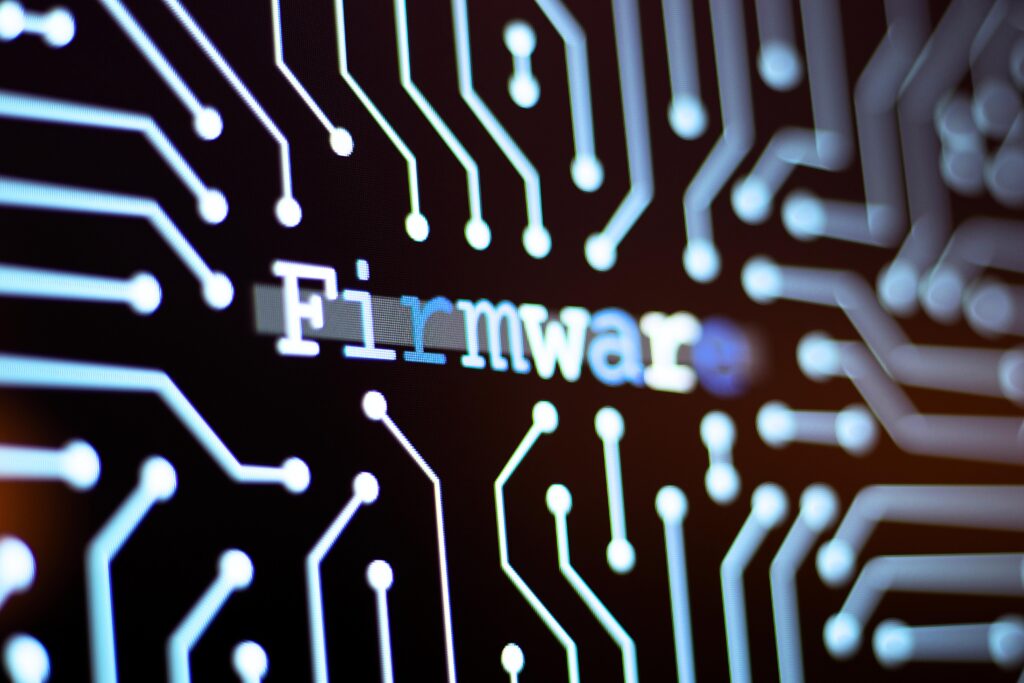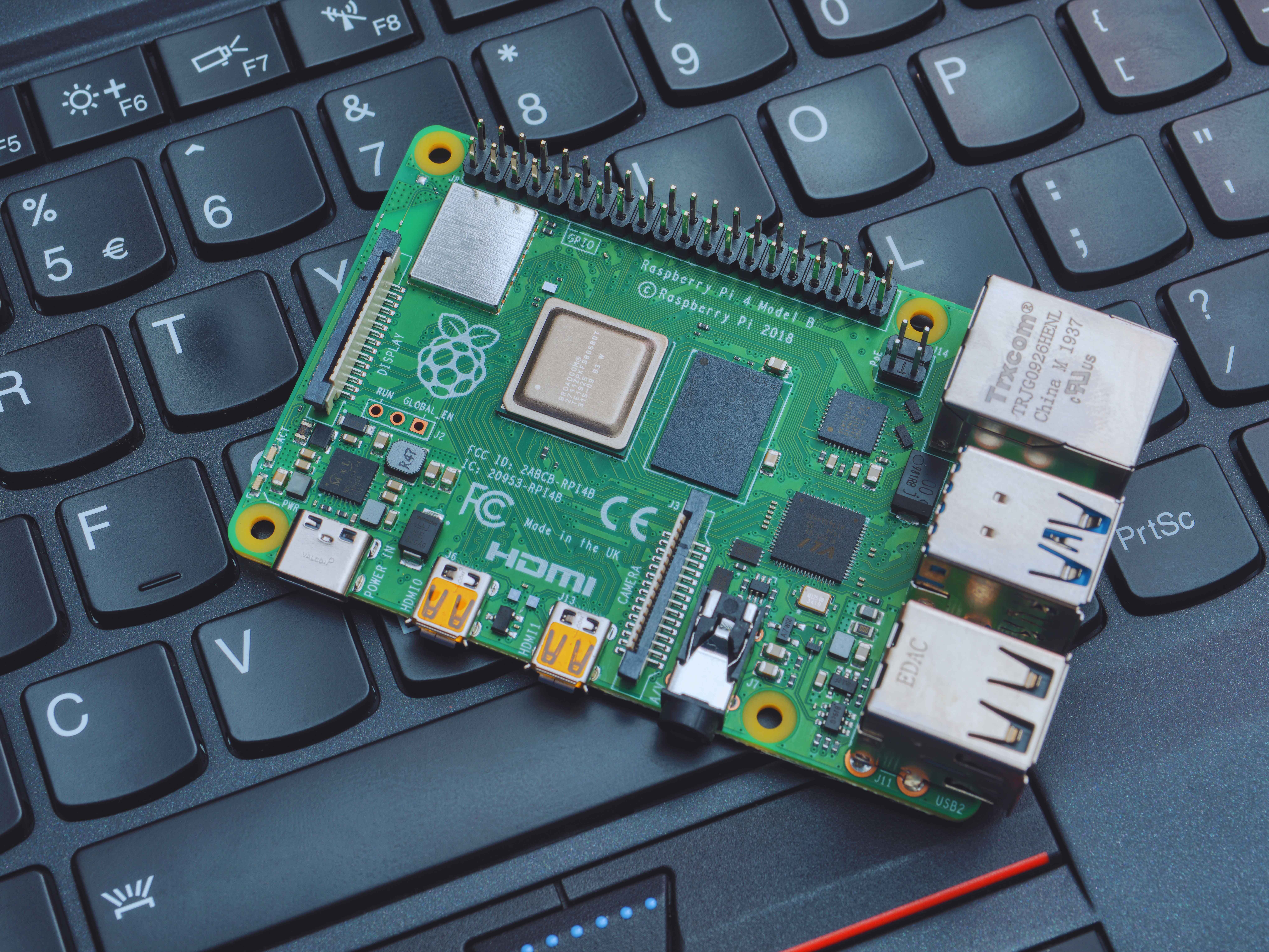Embedded programming plays a crucial role in the design and development of embedded systems, powering devices across industries from consumer electronics to automotive and industrial automation. This comprehensive guide explores the fundamentals of embedded programming, popular languages, development tools, real-world applications, and future trends.
In this blog post we will talk about:
- 1. Introduction to Embedded Programming
- 2. Embedded Systems Overview
- 3. Microcontroller Programming
- 4. Real-Time Embedded Systems
- 5. Embedded Software Development
- 6. Embedded Programming Languages
- 7. ARM Microcontroller Programming
- 8. Embedded Linux Programming
- 10. Firmware Development
- 11. Embedded System Design
- 12. Embedded System Testing and Validation
- 13. Embedded Development Tools
- 14. Embedded System Applications
- 15. Embedded System Security
- 16. Embedded System Optimization
- 17. Bare-Metal Programming
- 18. Embedded System Peripherals
- 19. Embedded System Protocols
- 20. Challenges in Embedded Programming
- 21. Emerging Trends in Embedded Programming
- Conclusion
1. Introduction to Embedded Programming
Embedded programming involves writing software for embedded systems, which are specialized computing systems designed to perform specific tasks. Key characteristics include:
Resource Constraints: Limited memory, processing power, and storage.
Real-Time Requirements: Meeting deadlines for critical tasks.
Diverse Applications: Found in IoT devices, medical equipment, automotive electronics, and more.

2. Embedded Systems Overview
Embedded systems encompass a wide range of devices and applications, including:
Microcontrollers:
Small-scale computing devices like Arduino and Raspberry Pi.
Microprocessors:
Powering more complex systems with higher computational needs.
SystemonChip (SoC):
Integrated circuits combining multiple components on a single chip.
Field Programmable Gate Arrays (FPGAs): Configurable hardware for custom applications.
3. Microcontroller Programming
Microcontrollers are central to many embedded systems, with programming focusing on:
Embedded C:
Low-level programming language optimized for resource-constrained environments.
Assembly Language
Directly manipulating hardware registers for performance critical tasks.
Arduino Programming:
Simplified programming for hobbyists and prototyping.
4. Real-Time Embedded Systems
Real-Time embedded systems require precise timing and responsiveness for tasks such as:
Control Systems:
Regulating processes in industrial automation.
Signal Processing:
Handling data from sensors and actuators in real-time.
RTOS (Real-Time Operating Systems):
Managing task scheduling and prioritization.
5. Embedded Software Development
Developing software for embedded systems involves:
Software Lifecycle:
Requirements analysis, design, implementation, testing, and maintenance.
Version Control:
Managing code changes and collaboration with tools like Git.
Debugging Techniques:
Using simulators, emulators, and hardware debuggers for troubleshooting.
6. Embedded Programming Languages
Popular languages for embedded programming include:
C/C++:
Standard languages for system-level programming and real-time applications.
Python:
Used for scripting, prototyping, and higher-level tasks in embedded systems.
Embedded Java:
Adapted versions for embedded platforms like Android Things.

7. ARM Microcontroller Programming
ARM processors dominate the embedded market, with programming focusing on:
ARM Cortex-M Series:
Low-power, efficient processors for embedded applications.
Development Boards:
Using ARM-based boards like STM32 and NXP for prototyping.
Toolchains:
Configuring development environments with ARM-specific compilers and IDEs.
8. Embedded Linux Programming
Linux is widely used in embedded systems, offering:
Customization:
Tailoring Linux distributions for specific hardware and applications.
Device Drivers:
Writing kernel modules to interface with hardware peripherals.
Embedded Linux Tools:
Yocto Project, Build-root, and cross-compilation environments.

9. IoT Embedded Programming
Internet of Things (IoT) devices rely on embedded programming for:
Wireless Communication: Implementing protocols like WiFi, Bluetooth, and Zigbee.
Sensor Integration: Collecting and processing data from environmental sensors.
Cloud Integration: Connecting embedded devices to cloud platforms for data analytics and remote management.
10. Firmware Development
Firmware is software embedded in hardware devices, crucial for:
Bootloaders:
Initiating the startup sequence and loading the operating system.
Device Initialization:
Configuring hardware peripherals and initializing system components.
Over-the-Air (OTA) Updates:
Updating firmware remotely to fix bugs and add features.
11. Embedded System Design
Designing embedded systems involves:
Hardware-Software Co-Design:
Optimizing interaction between hardware and software components.
Power Management:
Maximizing battery life and efficiency in mobile and IoT devices.
Prototyping:
Using development boards, breadboards, and PCB design tools for rapid prototyping.
12. Embedded System Testing and Validation
Ensuring reliability and functionality through:
Unit Testing:
Testing individual modules and functions.
Integration Testing:
Verifying interactions between hardware and software components.
Hardware-in-the-Loop (HIL) Testing:
Simulating real-world conditions for validation.
13. Embedded Development Tools
Essential tools for embedded programming include:
IDEs (Integrated Development Environments):
Eclipse, Keil µVision, and Visual Studio for code editing and debugging.
Simulators and Emulators:
Virtual environments for testing software without physical hardware.
Hardware Debuggers:
JTAG and SWD debuggers for real-time debugging and trace analysis.

14. Embedded System Applications
Embedded systems are integral to various industries:
Automotive:
Control systems, infotainment, and autonomous driving technologies.
Medical Devices:
Monitoring systems, imaging equipment, and implantable devices.
Industrial Automation:
PLCs (Programmable Logic Controllers), robotics, and process control.
Consumer Electronics:
Smartphones, smart TVs, and wearable devices.
15. Embedded System Security
Securing embedded systems against:
Cyberattacks:
Hardening defenses against malware and unauthorized access.
Data Integrity:
Ensuring data remains accurate and tamper-proof.
Secure Boot:
Verifying software integrity during startup to prevent tampering.

16. Embedded System Optimization
Optimizing performance and efficiency through:
Code Optimization:
Improving execution speed and reducing memory usage.
Power Optimization:
Minimizing energy consumption for battery-powered devices.
RTOS Tuning:
Fine Tuning task scheduling and resource management.
17. Bare-Metal Programming
Directly programming hardware without an operating system:
Startup Code:
Initializing processor and memory settings.
Peripheral Access:
Writing drivers to control hardware components.
RTOS Alternatives:
Implementing lightweight schedulers for task management.
18. Embedded System Peripherals
Interfacing with hardware peripherals such as:
Sensors:
Accelerometers, temperature sensors, and proximity sensors.
Actuators:
Motors, relays, and servo controllers.
Communication Interfaces:
UART, SPI, I2C, Ethernet, and USB.
19. Embedded System Protocols
Implementing communication protocols like:
TCP/IP:
Networking protocol suite for data transmission over networks.
CAN (Controller Area Network):
Used in automotive and industrial applications for real-time communication.
Modbus:
Serial communication protocol for industrial automation and PLCs.
20. Challenges in Embedded Programming
Addressing challenges such as:
Concurrency:
Managing multiple tasks and real-time constraints.
Memory Management:
Optimizing memory usage and preventing memory leaks.
Compatibility:
Ensuring software compatibility across hardware platforms and versions.
21. Emerging Trends in Embedded Programming
Future directions include:
AI and Machine Learning:
Integrating AI models into edge devices for real-time inference.
5G Connectivity:
Utilizing high speed, low-latency networks for IoT and smart city applications.
Edge Computing:
Processing data locally to reduce latency and bandwidth usage.
Conclusion
Embedded programming continues to evolve with advancements in hardware capabilities, software tools, and application domains. Whether developing IoT devices, automotive systems, or medical devices, understanding the principles, languages, tools, and applications of embedded programming is essential for engineers and developers aiming to innovate in the embedded systems field.
This guide provides a comprehensive overview of embedded programming, covering fundamental concepts, programming languages, development tools, real-world applications, and future trends, aimed at educating readers about the complexities and opportunities in embedded systems development.
